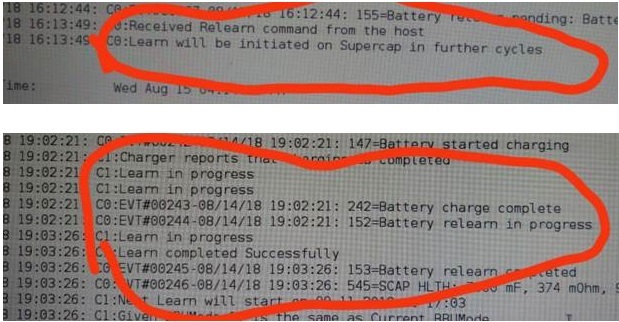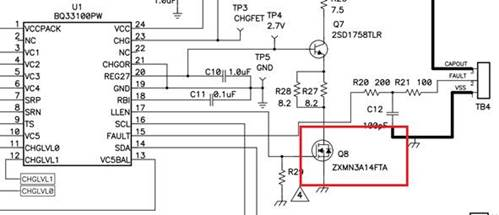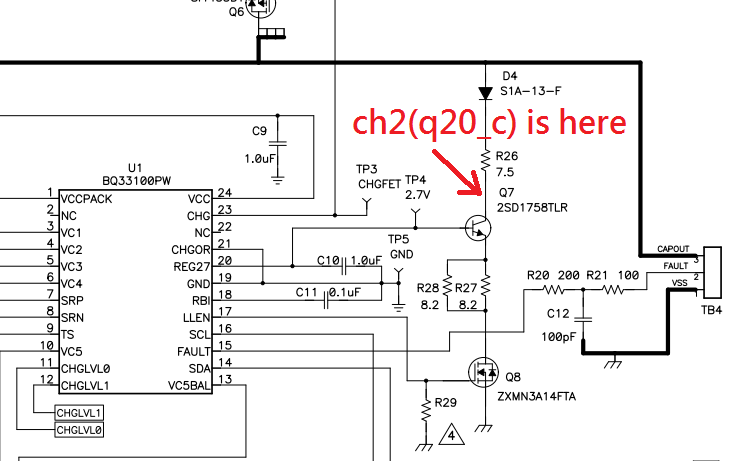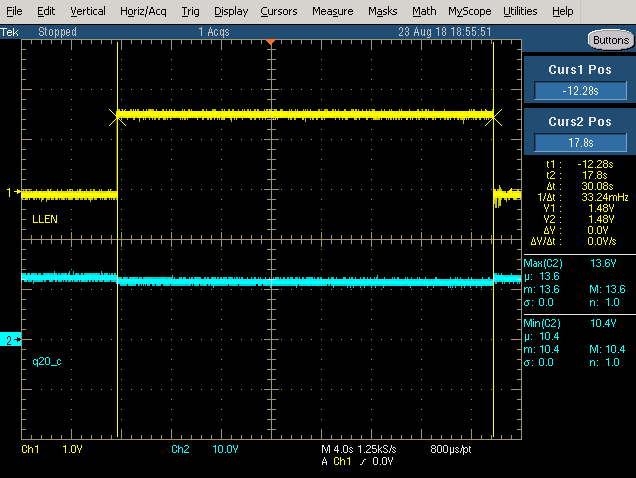Hi,
Customer is testing BQ33100 and got below questions.
1. As described in the section 8.3.1.1 of the datasheet. For the learning process 1 and 3, is it charge to full? Is the discharge time fixed for the learning process 2 and 4? If the discharge time is not fixed, how BQ33100 determined discharge done?
2. After we gave the Learn command and wait for around 1 minute, we can see the supercap started the discharge for 6 seconds and stop and wait 1 more minute and discharge another 1 second then showed "Learn completed successfully" and the supercap status messages. See below captured pictures. Does it mean complete a learn cycle?
3. In the failed board, we can see the first time supercap discharge spent more than 20 seconds and then keep in Learn in progress till relearn timed out. We would like to know what kind of error may caused it been hold in Learn in progress and failed to complete the Learn cycle?
Best regards,
Randy Chen









